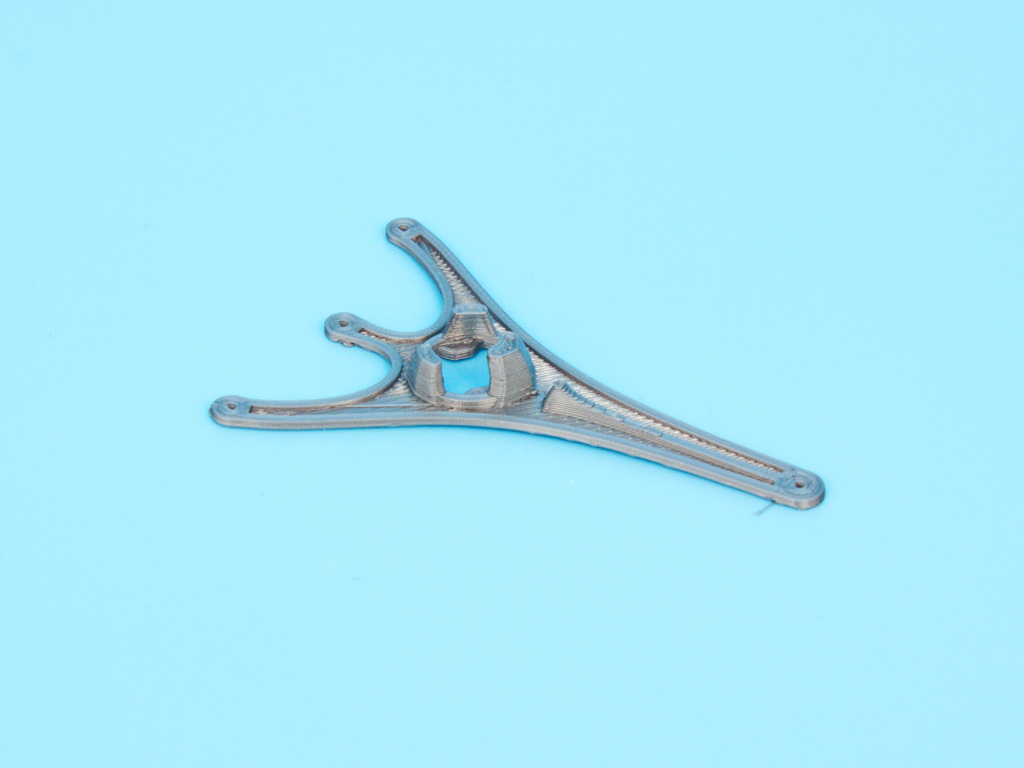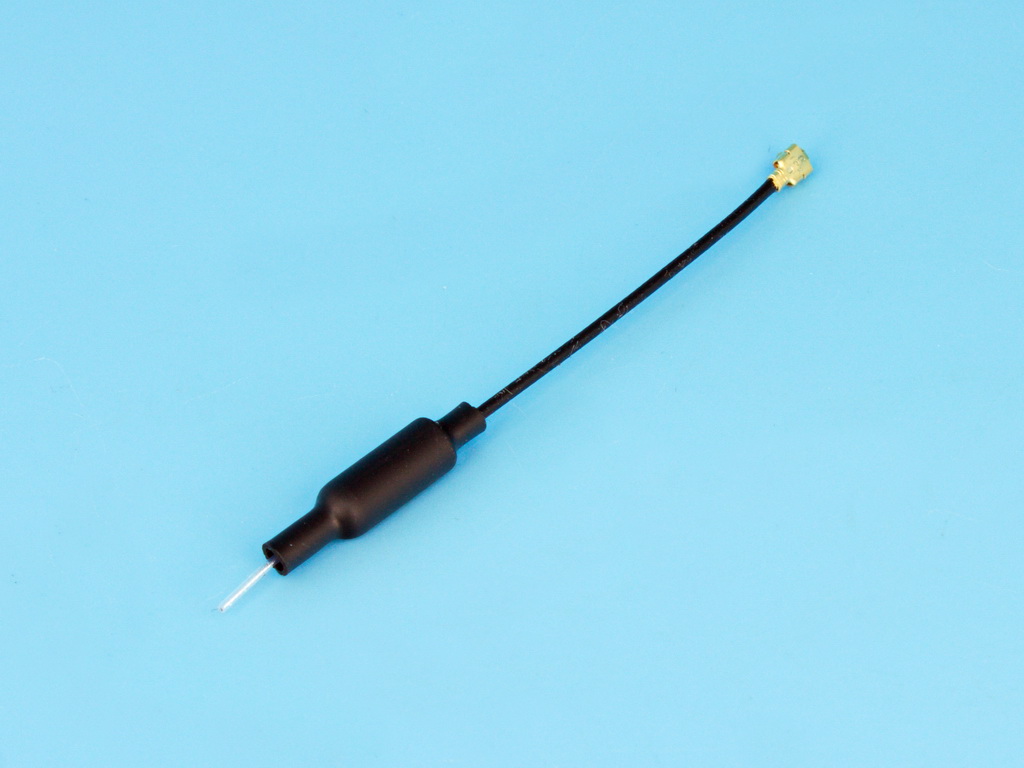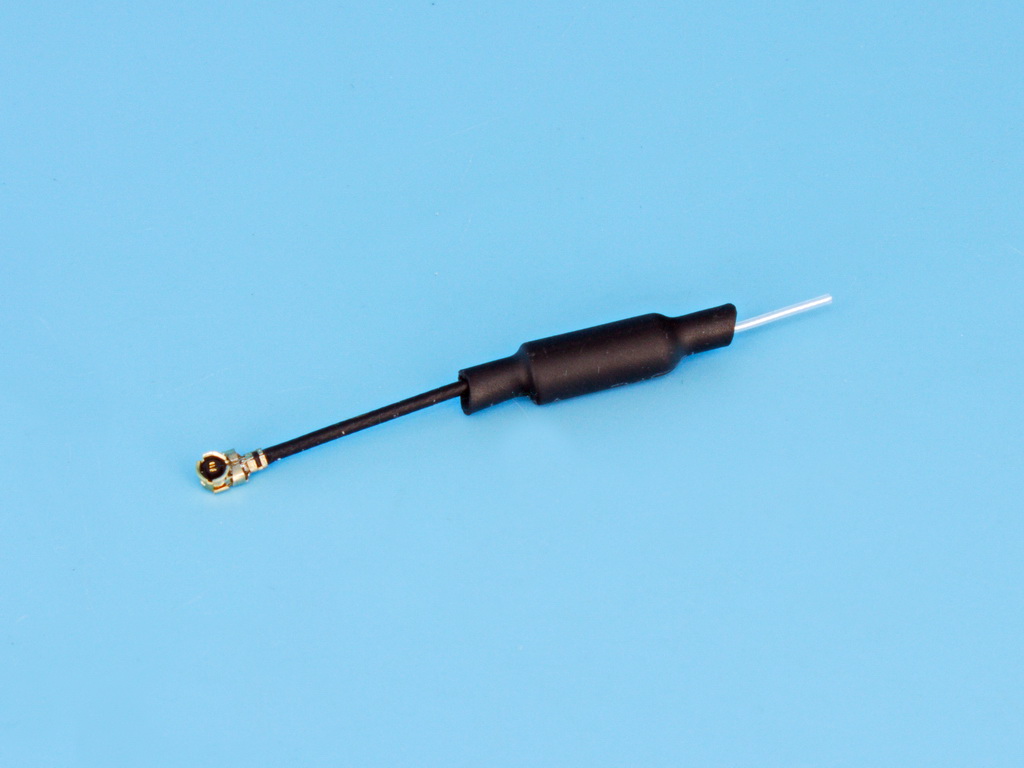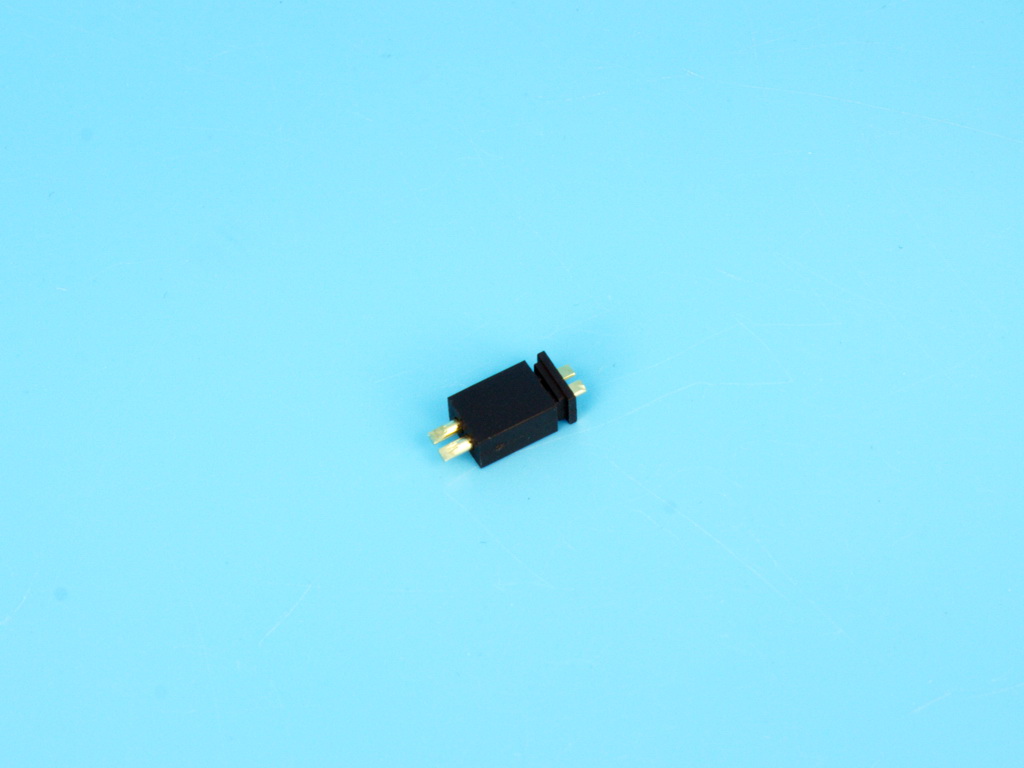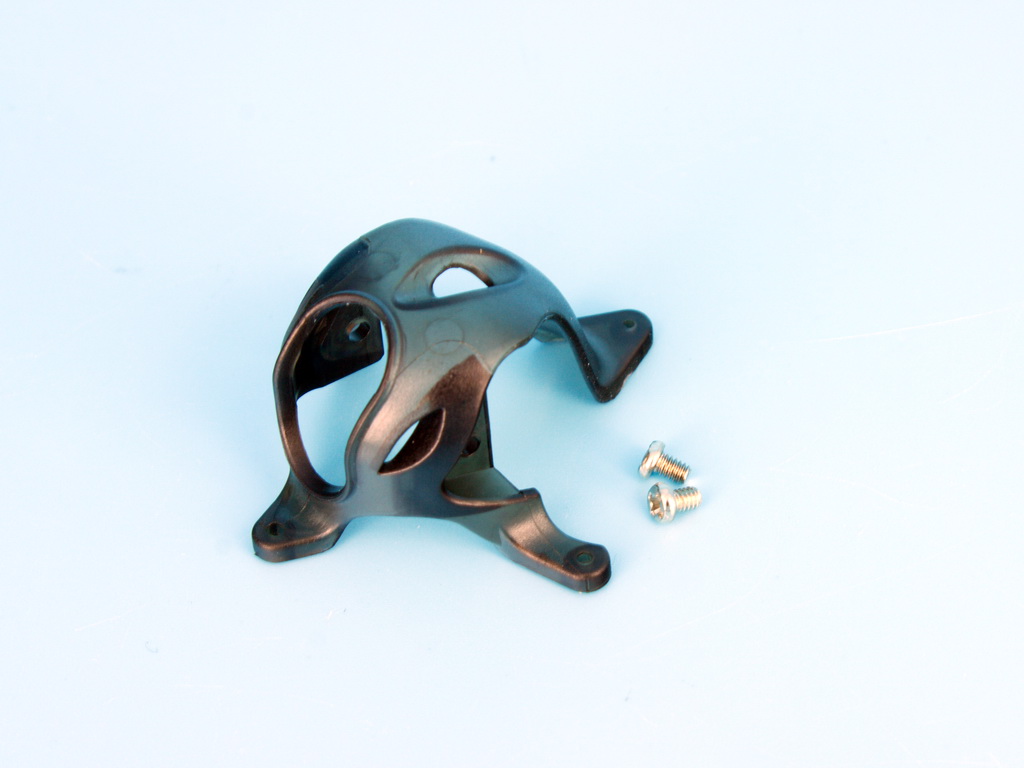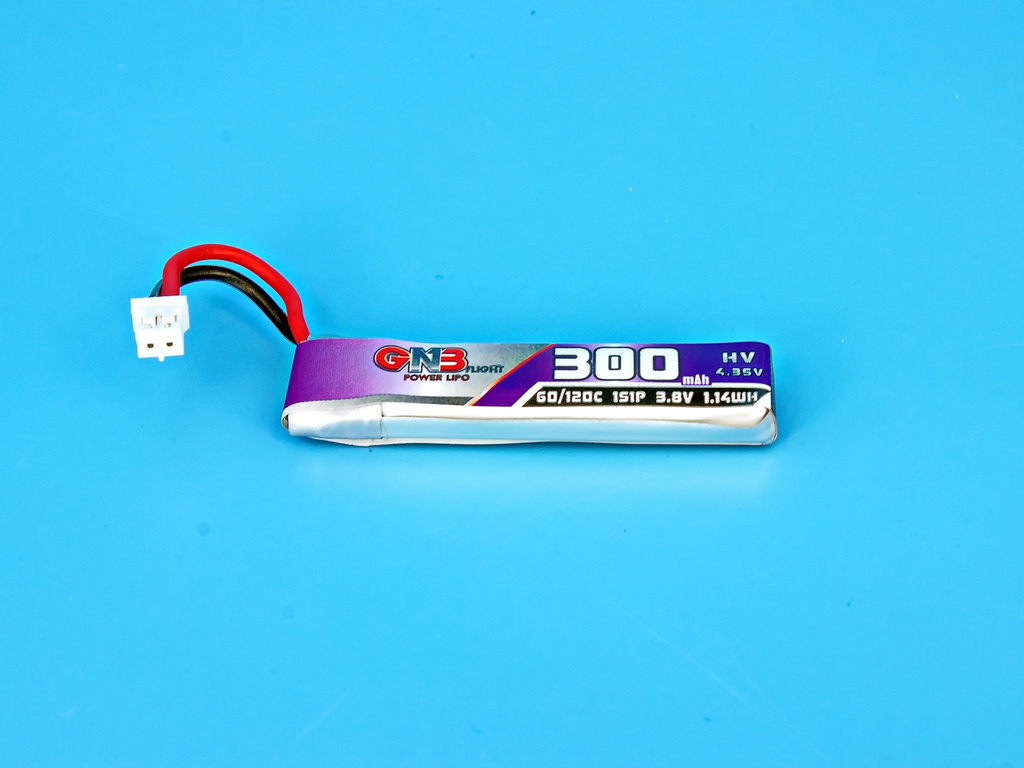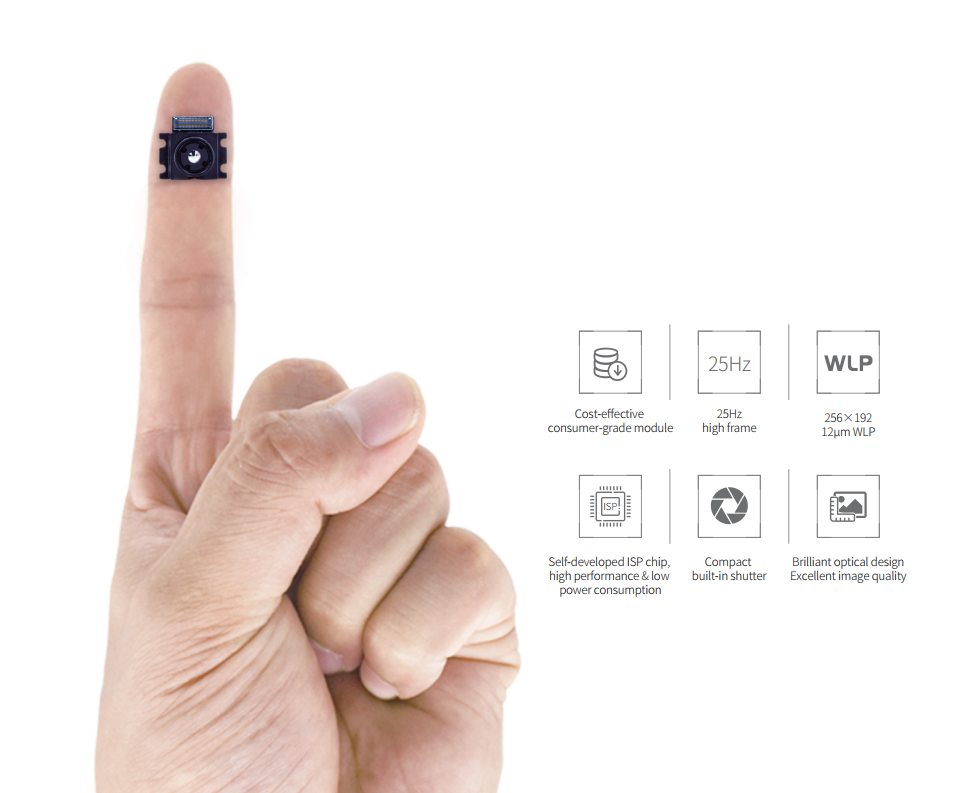Product overview
- Part Number
- HolyBro DroneCAN F9P Rover RTK Module
- Manufacturer
- HolyBro
- Product Category
- OTHER PARTS
- Update Date
- 2024-05-20
Description
Detailed Information
Meet the DroneCAN H-RTK F9P Rover, the proverbial Superman in your quest to conquer the skies. A wizard in unmanned aerial vehicle (UAV) technology, the Rover steps up as the savvy co-pilot you didn’t know you needed.
Ever been at your wit’s end trying to improve your drone’s navigation? Tired of getting lost in translation with those UART connections that limit you to a solitary serial port? Got caught in a storm with your drone performing the can-can instead of the DroneCAN?
What you need is a GNSS positioning system that offers not just Batman-level precision but the entire Justice League’s worth of satellite reception. Picture GPS, GLONASS, Galileo, and BeiDou all at your disposal concurrently. Top that with a fast update rate for a smoother flight than a swan in love. And oh, let’s not forget a sturdy resistance to electromagnetic interference.
Buckle up, because the DroneCAN H-RTK F9P Rover is here to make your drone escapades less about lost signals and more about limitless exploration. With the advanced DroneCAN Protocol, you’ll enjoy up to an 8Hz navigation update rate and superior noise immunity. What’s more? This bad boy does not occupy any serial port of your flight controller, and you can connect multiple CAN devices via a hub.
Featuring the powerful STM32G4 processor and u-blox F9P module, the Rover can perform Cirque du Soleil level aerial stunts while still maintaining its course. Your drone will become the fearless explorer, seeking out new heights with centimeter-accuracy and an upgradeable, real-time feature set.
And there’s more. With two unique models to choose from, you get to pick your aerial adventure’s character – one with a flatter profile, stronger water resistance, and a dual-band patch antenna, the Rover is perfect for spaces with few obstructions.
Key Highlights
- Cutting-edge GNSS Positioning System with DroneCAN Protocol.
- Multi-band RTK for fast convergence times & unmatched performance.
- Concurrent reception of multiple satellite systems for increased reliability.
- Convenient 8Hz navigation update rate.
- Powered by a robust STM32G4 processor & u-blox F9P module.
- Two unique models, custom-tailored to suit your needs.
Specifications and Comparison
Specification & comparison
DroneCAN H-RTK F9P Rover | DroneCAN H-RTK F9P Helical | |
Intended Application | Rover (aircraft) only | Rover (aircraft) or Base station |
GNSS Receiver | U-blox ZED-F9P high precision GNSS module | U-blox ZED-F9P high precision GNSS module |
Antenna | Ceramic Patch Antenna with 20dB LNA | Helical Antenna with 36dB LNA |
Processor | STM32G473 | STM32G473 |
Magnetometer | BMM150 | BMM150 |
GNSS | BeiDou, Galileo, GLONASS, GPS / QZSS | BeiDou, Galileo, GLONASS, GPS / QZSS |
GNSS Band | B1I, B2I, E1B/C, E5b, L1C/A, L1OF, L2C, L2OF | B1I, B2I, E1B/C, E5b, L1C/A, L1OF, L2C, L2OF |
Positioning accuracy | 3D FIX: 1.5 m / RTK: 0.01 m | 3D FIX: 1.5 m / RTK: 0.01 m |
Communication Protocol | DroneCAN 1Mbit/s | DroneCAN 1Mbit/s |
Antennas Peak Gain (MAX) | L1: 4.0dBi L2:1.0 dBi | L1: 2dBi L2: 2dBi |
Time-TO-First Fix | Cold start: ≤29s Hot start: ≤1s | Cold start: ≤25s Hot start: ≤1s |
Navigation Update Rate | RAW: 20Hz Max RTK: 8Hz Max | RAW: 20Hz Max RTK: 8Hz Max Moving Base RTK: 5Hz Max |
Cable Length | 27cm or 50cm | N/A |
Antenna Connection Type | N/A | Board: SMA female Antenna: SMA male |
Working voltage: | 4.75V~5.25V | 4.75V~5.25V |
Current Consumption | ~250mA | ~250mA |
Dimensions | Diameter: 80mm Height: 20mm | Board: 51.1*35*22.9mm Antenna Diameter: 27.5mm Antenna height: 59mm |
Weight | 123g | 58g |
Operating Temperature | -20℃ to 85℃ | -20℃ to 85℃ |
Included
- 1x DroneCAN F9P Rover
- 1x Fixed Carbon Fiber GPS mount
What is DroneCAN and why is it beneficial for UAV builders?
DroneCAN, the CAN in shining armour, is a cutting-edge, lightweight communication protocol specifically engineered for robotic and aerospace applications. How is it different? DroneCAN works its magic over the Controller Area Network (CAN) bus, leaving behind the constraints of traditional communication methods.
The beauty of DroneCAN lies in its simplicity. It functions on a decentralised peer-to-peer network, where each participant (node) gets a unique numeric identifier or a node ID. No Hogwarts admission letter needed, the setup process is as simple as setting just one parameter!
For UAV builders, DroneCAN is a windfall. It’s like upgrading from a bicycle to a bullet train. With DroneCAN, you’re signing up for increased reliability, improved noise immunity, and faster real-time updates. Moreover, its robust resistance to electromagnetic interference makes it an even more compelling choice. Say goodbye to monopolizing your flight controller’s serial port, because DroneCAN facilitates multiple CAN devices to share the same bus via a hub. Essentially, it’s like throwing a party where everyone’s invited!
What is RTK and why is it beneficial for UAV builders?
Now let’s talk about RTK. Not to be confused with the British rock band, RTK or Real-Time Kinematic is the John Wick of satellite navigation. Known for its high-precision capability, RTK enhances GPS signals to centimeter-level accuracy.

RTK locks onto multiple satellite systems concurrently (we’re talking GPS, GLONASS, Galileo, BeiDou), providing fast convergence times and superior performance. In layman’s terms, it’s like having four high-powered telescopes trained on your drone, ensuring you never lose sight of it.
For UAV builders, adopting RTK is like gaining the Midas touch. The enhanced accuracy ensures that your drone has improved flight stability, route planning, and obstacle avoidance capabilities. The potential for mapping and surveying applications, even in densely populated areas, significantly expands with RTK.
With the DroneCAN H-RTK F9P Rover, you get the best of both worlds – the robust communication of DroneCAN coupled with the laser-sharp precision of RTK. Now, isn’t that an unbeatable combination for any UAV builder? So why wait? It’s time to give your drone the superhero upgrade it deserves!
Price & Procurement
Associated Product
-
-
-
-
-
-
Capacity: 300 mAh Nominal voltage: 3.8 V Maximum discharge current: 60C ...
-
DarkStar20: So light, it makes feathers look overweight. Perfect for sneaking th ...
-
With 20A Blheli_s ESCs and an integrated ELRS RX, this FC lifts your drone’s per ...
-


